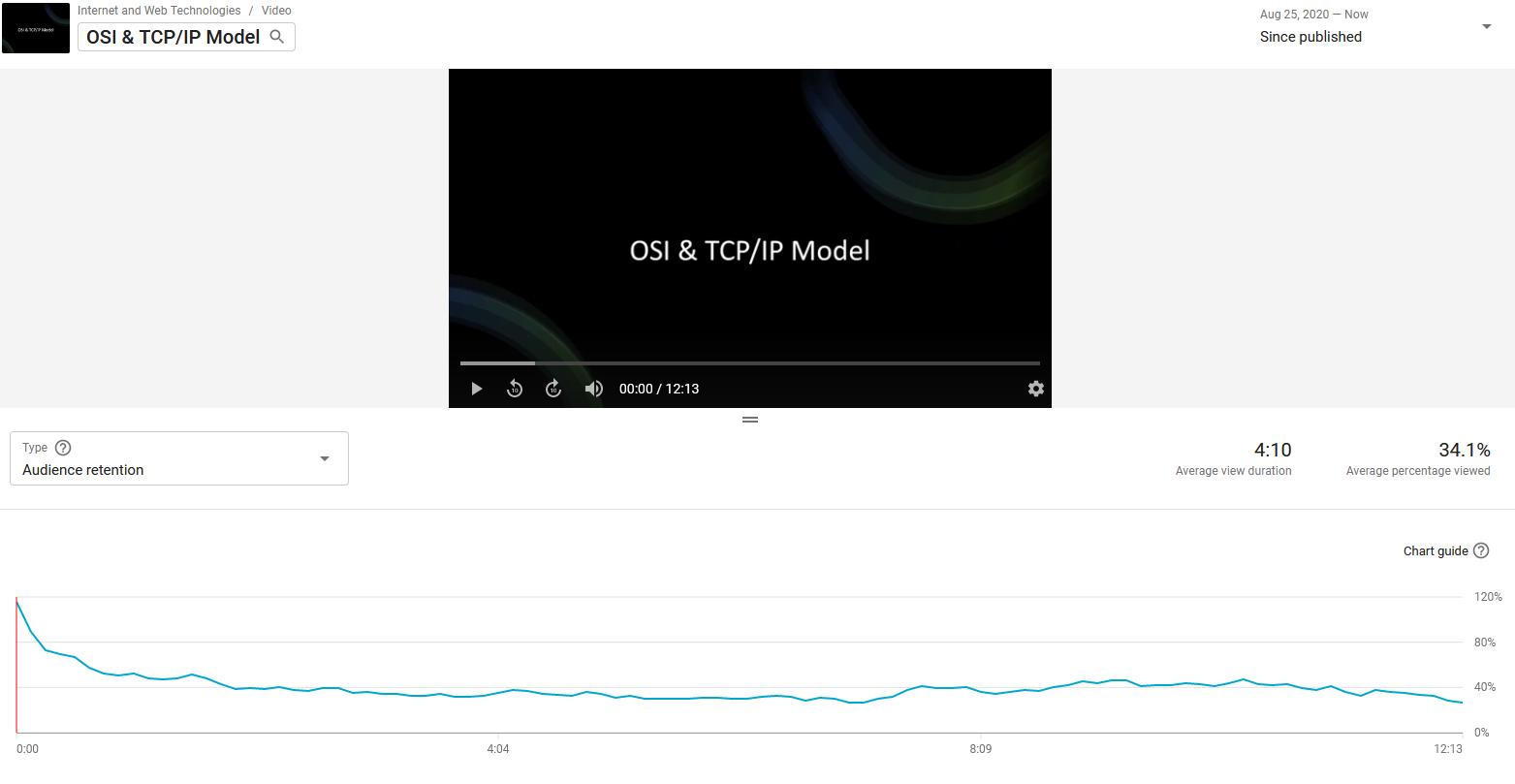Midterm 1 Analysis

The above graph includes the added 10 point curve.
We can see two major grouping of students in the 30 to 50 range and in the 60 to 70 range. 8 students scored above 100, to those who slayed the exam, congrats.
What is passing?
This is a difficult question as the formula is fairly flexible, all midterm 1 scores can be replaced with midterm 2, so it is still possible to score a perfect score, regardless of your performance on exam 1, but let's assume we're talking about averages.
Students need to achieve a 73 average in order to earn a C in this course.
Should your weighted exam average (35% * Better Midterm + 35% * Final) be below this, then you need to make up the points via the final project.
In previous semesters most project scores increase the respective students grades, but this is limited, due to the weight being set to 30%. When considering minimum grade needed to pass, the final project (if you score a 100) can only pull your final grade up by at most 11 points. (62 to a 73).
This however, hinges on your ability to write program using asynchronous techniques covered throughout this semester. Many people who scored in that range were not able to solve the programming question, and need to review the assessments and material.
Common Mistakes
Programming Question: If you used a loop, it was not correct, synchronous requires recursion. Review Lecture 6 N Domains Synchronously and Assessment 1 question 2 for the solution.
There was a question that supplied students with a code snippit and prompted them to go through the Node.js Architecture of what occurs when this code executes. Many students just read the code back to me without mentioning constructs like V8, Libuv, Event Queue, Event Loop, I/O Polling.
Students who relied on searching for all their answers did not do well. The Internet has all the answers, including outdated and incorrect one's. My questions are pulled from lecture notes and not the web so your much better off searching through the course material.
As an example some students used online calculators for network size calculation, but did not get many points due to not being able to explain the formula. The emphasis for your exam grading is not the answer, but how you got there.
Video Engagement Rate
OSI model has roughly 188 views with 30~40% retention rate.
Roughly 80/161 students watched the video to the end, if we assume no re-watches.

Asynchronous Programming has roughly 198 views with 20~30% retention rate.
Roughly 60/161 students watched the video to the end.

** There are a large body of students who engage with the material directly via Transcripts and Code, these students are not included in the above stats.
Actionable Items
If your score is:
Above 73: Focus on the new content and assessments.
Between 50-73: Did you get the programming question correct?
- Yes: Networking theory is weak, review videos on each layer, take written notes, many students who scored high on the exam made it a habit to take their own notes.
- No: JavaScript is weak, review the lecture on closures and asynchronous programming. Did you run all the programs yourself? Watching the videos will only go so far. Complete assessment 1. The demos and assessments are there to give you hands on experience. Put in the hours attempting each problem before looking at the solution. If your program doesn't work pay attention to architecture of Node.js and how it orders tasks. If your still stuck send me an email and I can help you.
Below 50: You need to start from the beginning of this course, most/none of your supplied answers were sufficient detailed for me. Start from week 1 and do both of the above.
Midterm 2
The next exam is cumulative, but emphasizes the new material. The new material especially observer pattern is hierarchical in nature, you need a mastery of callbacks before moving on to the observer pattern.
There will be one coding question on the observer pattern for Midterm 2.